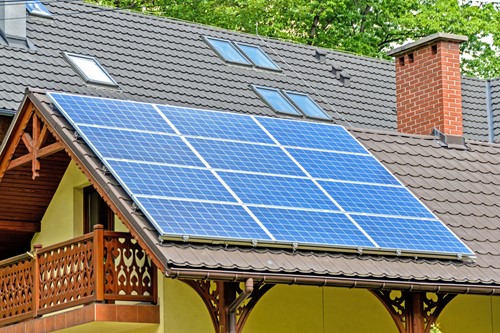
Are you familiar with the ITC? That's the Investment Tax Credit that went into effect in 2005. Since then, it's been extended several times, and now covers homeowners, in some portion, through the year 2021. The ITC is also often referred to as the Federal Solar Tax Credit, and it's been helping savvy homeowners cover the costs of renewable energy for years. Currently, the ITC is the only tax credit that still remains in effect for residential homeowners wishing to convert, and it covers solar energy only.
Claim Your Residential Tax Credits
Through the end of 2019, this tax credit covers up to 30 percent of the cost of purchased solar energy installation for residential use. This means, as a homeowner, you must own your solar panels instead of leasing them. Through 2020 on, the tax credit is pro-rated, but you can still save a bundle on the costs associated with the installation of solar energy panels. Here's the breakdown:
Jan-Dec 2020 -- Homeowners may claim a tax break equal to 26 percent of their total cost.
Jan-Dec 2021 -- Homeowners may claim a tax break equal to 22 percent of their total cost.
Solar Energy: Spend Big, Save Bigger
While the cost to install solar panels varies slightly across the country, investments typically range between $14,000 and $18,000 before tax credits are applied. It's a decent chunk of money to put toward a home upgrade, but your ROI will be major. Many factors combine to help determine how much money you'll save after installing solar panels. These include:
- The electricity rates in your area: If your rates are high, you'll begin seeing significant savings after the first month.
- Whether your state allows net metering: If so, you may be able to sell unused energy back to your utility company each month.
- The efficiency of your system: If you bank many hours of sunlight throughout the year, your savings will be more significant.
- The boost to your home's resale value: On average this runs around 4 percent. This factors out to be around $10,000 on a $250,000 home.
There's no arguing that converting to solar energy is a good thing for everyone involved, especially for homeowners who make the move before the year ends in 2021. If you've been lingering in the shadows when it comes to converting over to solar panels, there's no better time than right now to step out into the light of solar energy.
About the Author

